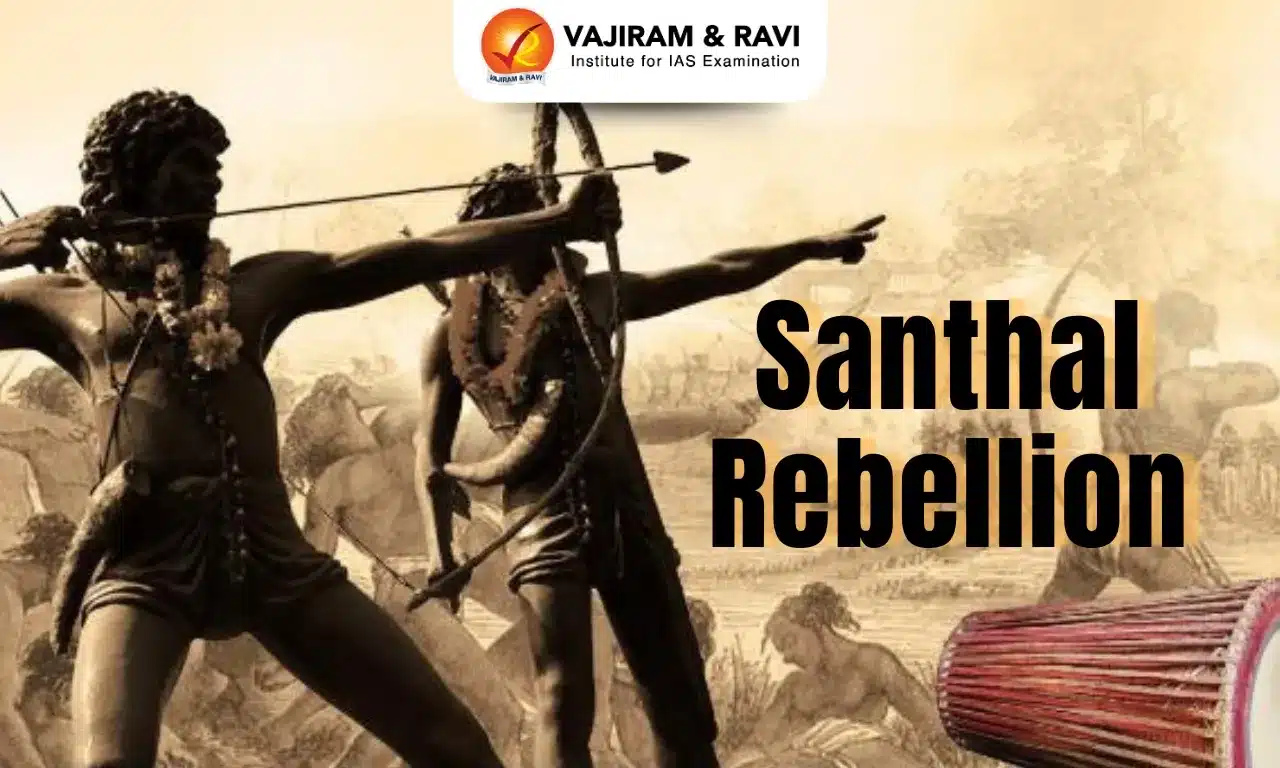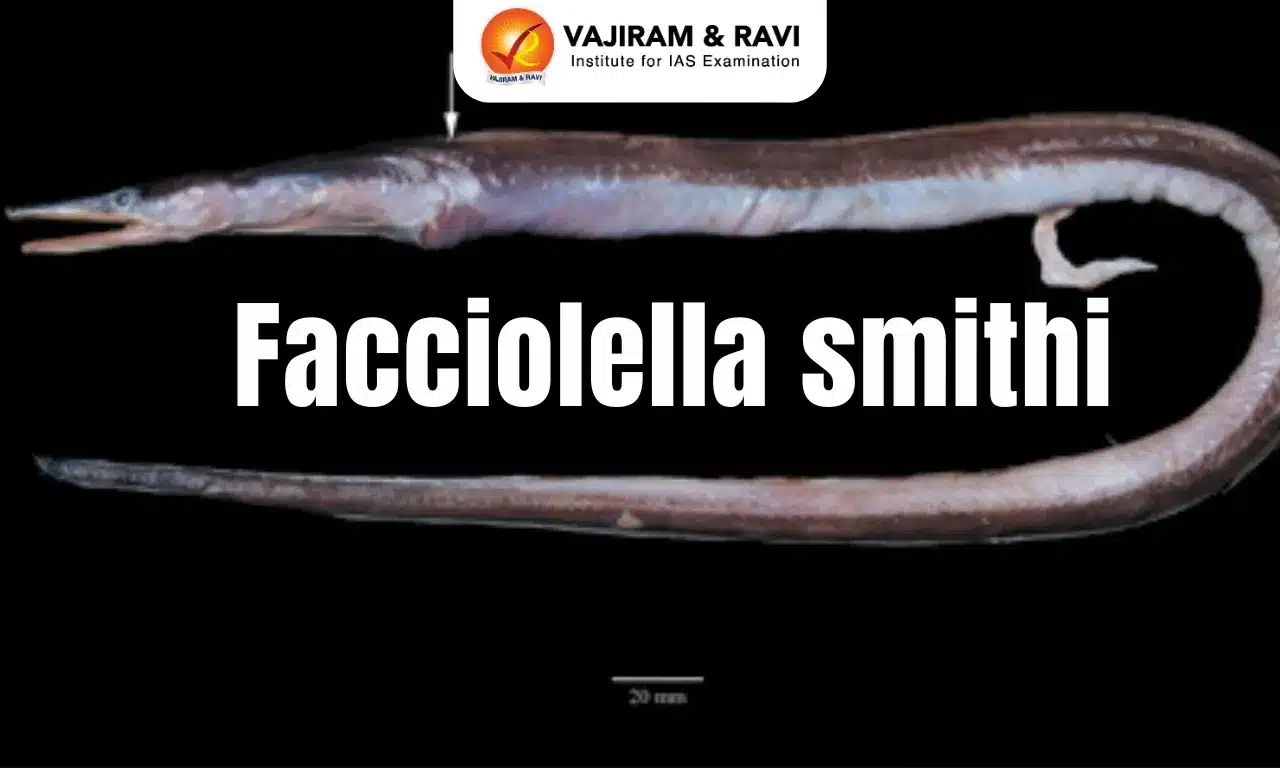C-FLOOD Platform Latest News
Recently, the Union Minister of Jal Shakti inaugurated the C-FLOOD platform.
About C-FLOOD Platform
- It is a Unified Inundation Forecasting System.
- It is collaboratively developed by the Centre for Development of Advanced Computing (C-DAC), Pune and Central Water Commission (CWC), Department of Water Resources, River Development & Ganga Rejuvenation (DoWR, RD & GR), Ministry of Jal Shakti.
- This initiative, executed under the National Supercomputing Mission (NSM) jointly steered by the Ministry of Electronics and Information Technology (MeitY) and Department of Science and Technology (DST), marks a transformative step towards strengthening India’s flood management and disaster response framework.
Features of C-FLOOD
- It is a web-based platform that provides two-days advance inundation forecasts up to village level in the form of flood inundation maps and water level predictions.
- The platform will act as a unified system integrating flood modelling outputs from national and regional agencies, offering a comprehensive decision-support tool for disaster management authorities.
- At present, the system covers the Mahanadi, Godavari, and Tapi river basins, with more river basins to be incorporated in the future.
- The C-FLOOD platform uses advanced 2-D hydrodynamic modelling to simulate flood scenarios.
- The simulations for Mahanadi Basin are run on High Performance Computing (HPC) infrastructure under NSM at C-DAC Pune, with integration of outputs for Godavari and Tapi Basins, which have been developed by National Remote Sensing Centre (NRSC) under the National Hydrology Project (NHP).
Source: PIB
C-FLOOD Platform FAQs
Q1: What is the motto of the Central Water Commission?
Ans: The mission statement of CWC aims to promote integrated and sustainable development and management of India's water resources by using state-of-the-art technology and competency and by coordinating all stakeholders.
Q2: What is the definition of a hydrodynamic model?
Ans: A hydrodynamic model is defined as a model that describes the kinetic process of spreading in systems with a large dependence on fluid viscosity, where the equilibrium contact angle is eventually reached.











